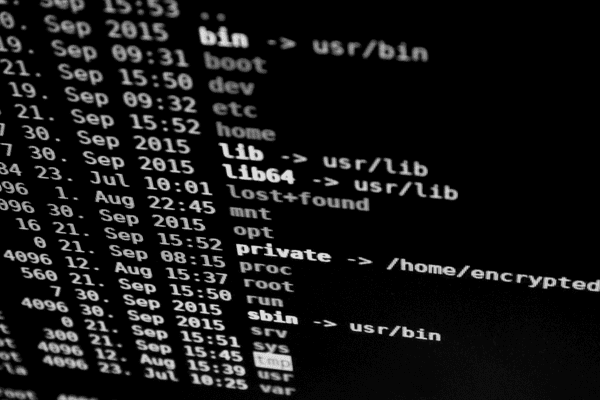-
Artificial Intelligence (AI) and Machine Learning (ML) in Security
AI and ML are revolutionizing the field of security by automating threat detection, response, and mitigation. These technologies can analyze vast amounts of data in real-time, identify patterns, and detect anomalies that could indicate a potential security breach. AI-powered systems can enhance threat intelligence, improve incident response times, and provide adaptive defense mechanisms that continuously learn and evolve.
-
Zero Trust Architecture
Traditionally, security measures relied on perimeter defenses to protect networks. However, as organizations embrace cloud computing, mobile devices, and remote work, the traditional perimeter is no longer sufficient. Zero Trust Architecture (ZTA) assumes that no user or device should be inherently trusted and requires verification and authorization for every access request. By adopting ZTA, organizations can establish granular access controls, implement strong authentication mechanisms, and continuously monitor and analyze user behavior to prevent unauthorized access and reduce the impact of potential breaches.
-
DevSecOps: Integrating Security into the Development Lifecycle
DevSecOps, the integration of security practices into the software development lifecycle, is gaining significant traction. By shifting security to the left, organizations can identify and address vulnerabilities early in the development process, reducing the risk of deploying insecure applications. DevSecOps emphasizes collaboration between development, operations, and security teams, encouraging the adoption of secure coding practices, automated security testing, and continuous monitoring. This approach fosters a culture of shared responsibility and ensures security is not an afterthought but an integral part of the development process.
-
Privacy-Enhancing Technologies (PETs)
As data privacy regulations become more stringent, organizations are turning to Privacy-Enhancing Technologies (PETs) to protect sensitive data. PETs include techniques such as encryption, tokenization, and homomorphic encryption, which allow data to be processed without exposing its contents. These technologies enable secure data sharing, protect user privacy, and ensure compliance with privacy regulations such as the General Data Protection Regulation (GDPR) and the California Consumer Privacy Act (CCPA).
-
Security Automation and Orchestration
The volume and complexity of security threats necessitate efficient incident response and management. Security automation and orchestration tools help streamline and automate security processes, allowing security teams to respond faster and more effectively to threats. These tools can automate routine tasks, orchestrate workflows, and integrate with various security solutions, enabling seamless collaboration and information sharing. Security automation and orchestration help organizations reduce response times, increase operational efficiency, and free up valuable resources to focus on more complex security challenges.
The world of security is constantly evolving, and staying ahead of emerging threats requires a proactive and innovative approach. By leveraging the power of artificial intelligence, adopting zero trust architectures, integrating security into the development lifecycle, embracing privacy-enhancing technologies, and automating security processes, organizations can enhance their defenses and safeguard their digital assets. As we move forward, these top five security trends will continue to shape the industry and help pave the way for a more secure future.

